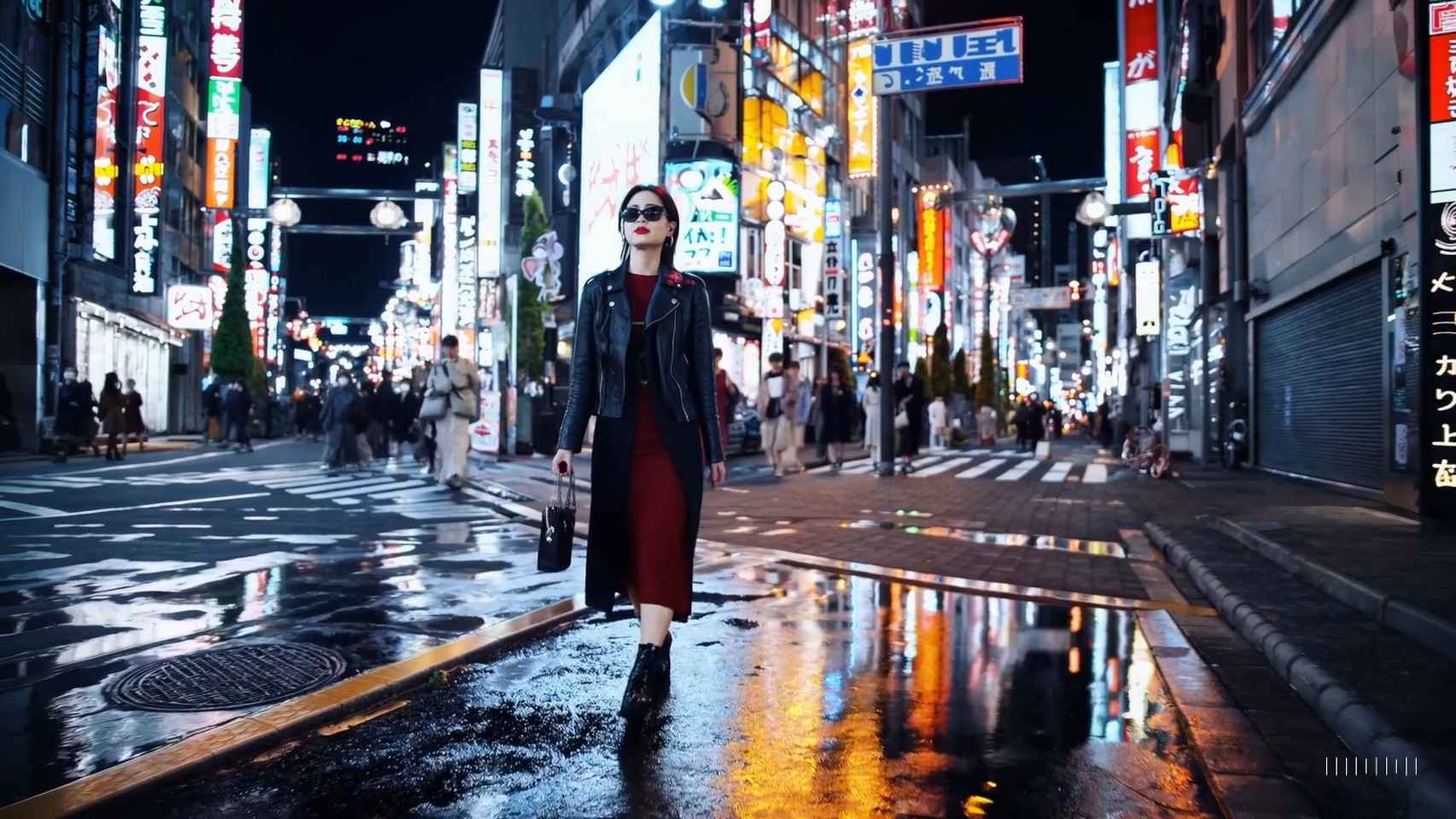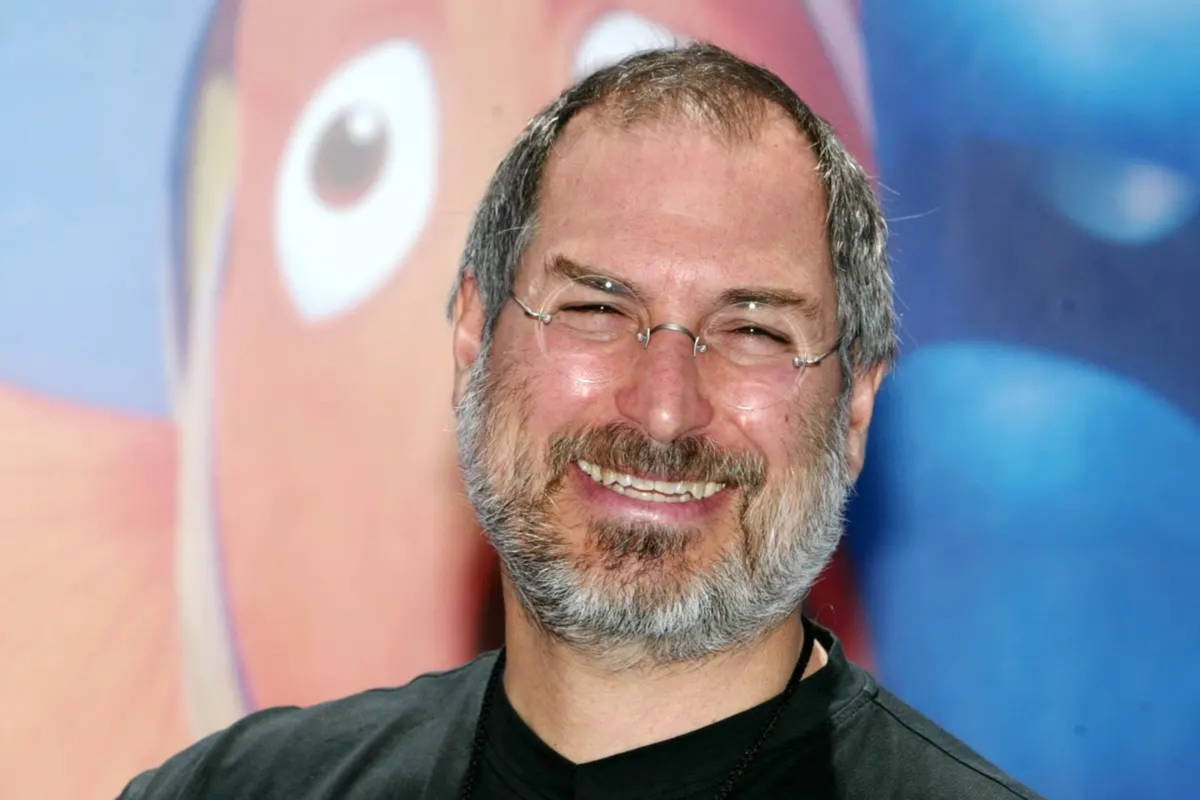A little over a year ago, ChatGPT caused a real earthquake in the technology sector. For the first time, generative AI was within reach of the general public, and it was not just a futuristic concept; It was real and anyone could use it to create texts of any type.
A few weeks later, AIs capable of creating images, like Dall-E and Midjourney, showed that neither the industry nor Internet users were prepared for such potential. Today we saw just as big, if not bigger, progress with the introduction of Sora.
Sora is the new AI from OpenAI, creator of ChatGPT and Dall-E and led by one of the most controversial figures in the sector, Sam Altman. Described as a visionary genius by some and a greedy madman by others, Altman left behind the fear of AI and stepped on the accelerator in the development of new multimodal models, capable of creating any type of content through text, images and video. .
Sora’s videos
The result of this bet is Sora. This is not the first Artificial Intelligence capable of creating videos, far from it; but it is undoubtedly the most advanced. The difference compared to other video creation projects like Google’s is huge; Comparing videos created by the two AIs is like comparing the graphics of a PlayStation with those of a PlayStation 5, it’s as if several generations have passed between the two. But in reality, they were developed almost at the same time.
Video created with Sora by OpenAI
Prompt: An elegant woman walks down a Tokyo street with bright neon lights and animated city signs. She wears a leather jacket, a long red dress and black boots and carries a black bag. She wears sunglasses and lipstick. Walk confidently and casually. The street is wet and reflective, creating a mirror effect of the colored lights. Several pedestrians are walking.
Videos shared by OpenAI demonstrate how this model is able to take text and create videos with different styles and “directions”; from realistic creations that look like they were recorded with a camera in real locations, to animated scenes that could fit perfectly into the next Pixar film.
Video created with Sora by OpenAI
Prompt: Animated scene with a close-up of a little fluffy monster kneeling next to a melting red candle. The art style is 3D and realistic, with an emphasis on lighting and texture. The mood is one of wonder and curiosity, the monster staring at the flame with open eyes and mouth. His pose and expression reflect a feeling of innocence and pleasure, as if he is exploring the world for the first time. The use of warm colors and dramatic lighting enhances the atmosphere of the image.
The key to this realism, according to OpenAI, is that Sora is able to understand “how objects exist in the physical world”, and therefore does not suffer from the usual problems of creating videos, like the mixing between objects that so many nightmares have. provoked. the first creations a few years ago. However, they admit that there is still room for improvement, particularly in terms of physical simulation.
Video created with Sora by OpenAI
Prompt: A flock of paper airplanes flies over a dense jungle, flying between the trees as if they were migratory birds.
Video created with Sora by OpenAI
Prompt: A cat wakes up its sleeping owner by asking for breakfast. The owner tries to ignore the cat, but the cat tries new tactics and eventually the owner pulls a secret stash of treats from the pillow to keep the cat going a little longer.
It escapes no one that Sora is like Pandora’s box and that once opened, it will be impossible to close it. Creating professional videos will be as easy as writing whatever you want, and it can have very serious consequences for millions of people; from the loss of jobs that this will inevitably bring, to the creation of fake videos to mislead the population, such as politicians sharing fake crimes committed by their rival or stores displaying counterfeit products.
Video created with Sora by OpenAI
Prompt: Historical images of California during the Gold Rush.
Video created with Sora by OpenAI
Prompt: Archaeologists discover a plastic chair in the desert, digging and dusting it with great care. Failure: In this example, Sora does not view the chair as a rigid object, leading to imprecise physical interactions.
Therefore, at the moment Sora is not publicly available and cannot be used even if we have a subscription to OpenAI services. Only a limited number of people on OpenAI’s “red team”, who will be responsible for detecting potential harm and risks, can create videos. The company also confirmed that it would offer access to various “artists, designers and filmmakers” to provide feedback.
This may interest you
Follow topics that interest you









